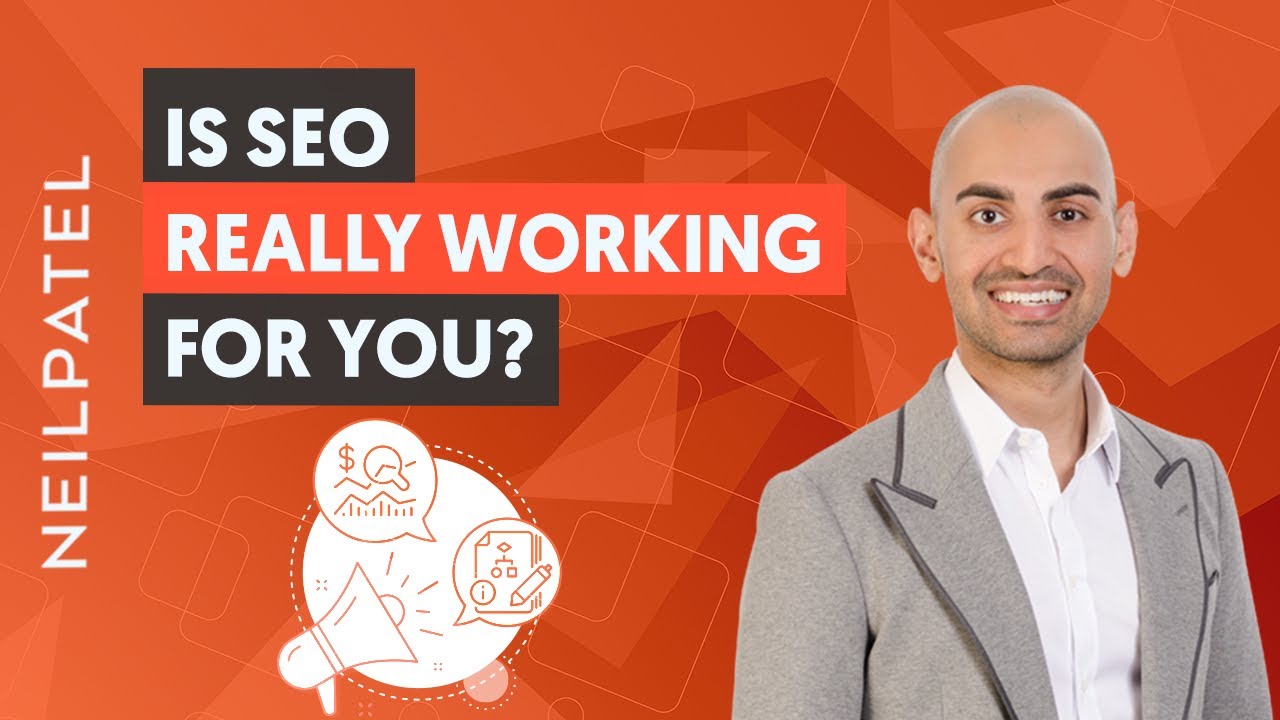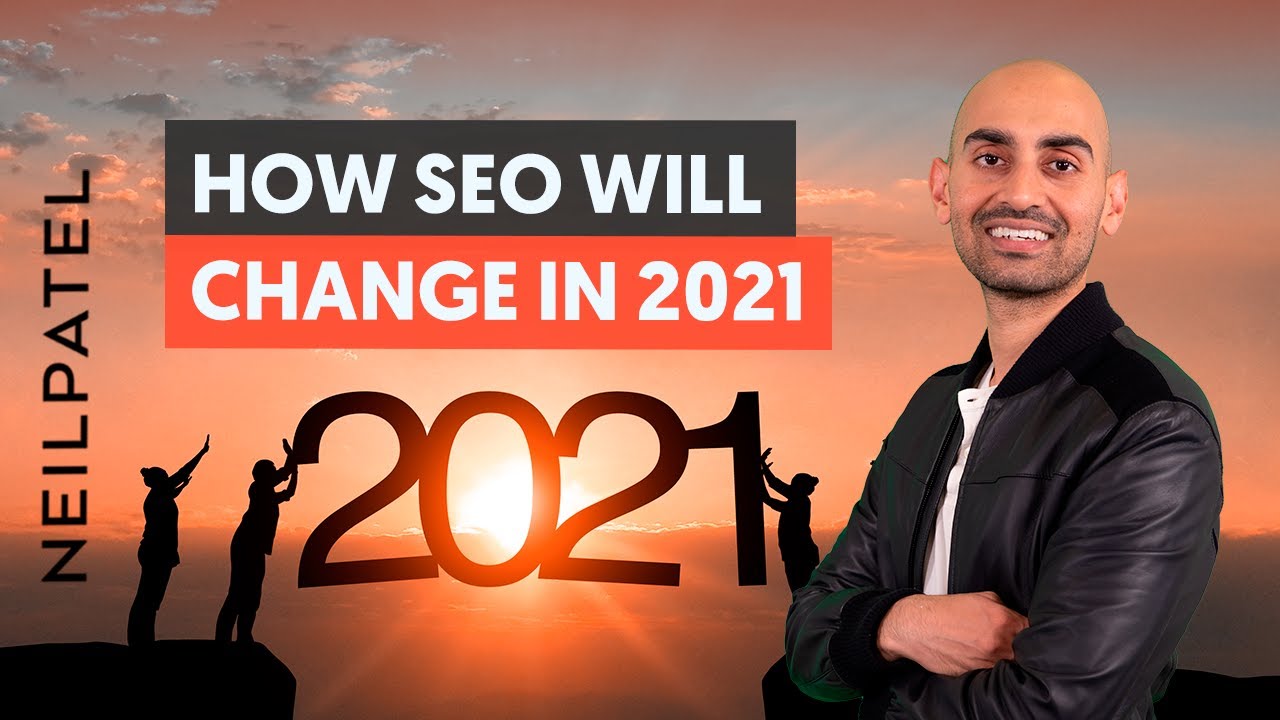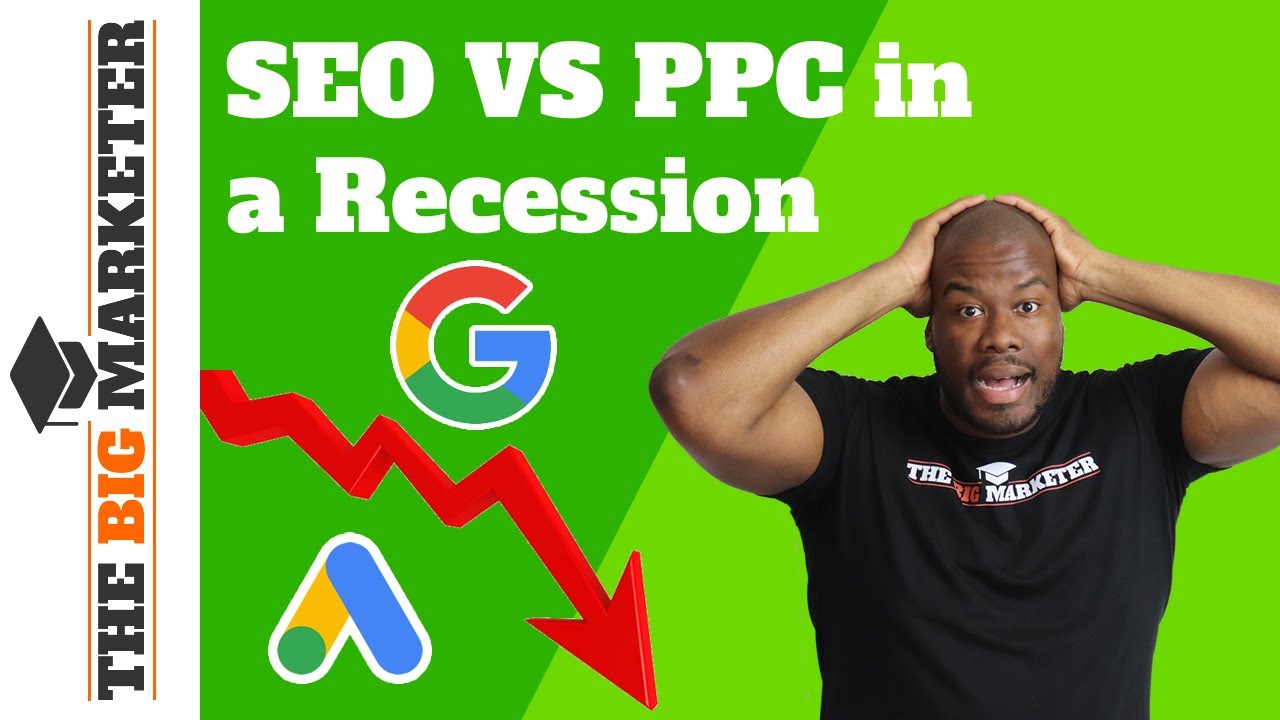You spent all this time doing SEO, but how do you know if it’s really working out? Today I’m going to break down if SEO is working for you.
RESOURCES & LINKS:
____________________________________________
Ubersuggest: https://neilpatel.com/ubersuggest/
____________________________________________
Now, it’s obvious you’re already starting to rank high on page one, you’re getting more traffic and you’re getting more sales, but there’s this weird honeymoon period when you’re doing SEO, the first two, three months, sometimes even six months, you’re not getting the results you want, and you’re putting all this time, effort and money into SEO, and the question is, “Should you continually be spending that money? Is it really worth it?” And there’s a specific way you can see if SEO is working for you.
So first off, I want you to head to Ubersuggest neilpatel.com/ubersuggest, you can type in your domain name, like I’m typing in neilpatel here, and you’ll see Ubersuggest load.
Now, if you have a brand new site, you may not see a graph like this. If you do see a graph, your ideal goal is for it to be going up and to the right. That’s the first leading indicator that SEO is working for you. If it’s flat, doesn’t mean all hope is lost. If it’s going down, again doesn’t mean all hope is lost. There’s ways to reverse that, but more so you want to figure out if SEO is working for you and the he easiest way is to first see if the graph is going up and to the right.
The second thing that you can end up doing to see if SEO is working for you is I want you to click on the dashboard link on the left side of Ubersuggest. If it requests you to log in, make sure you go and log in, and I want you to click on new project or create a project. You put it in a URL. So I’m going to end up putting in one of my company websites, Np Digital, and then click next, type in the cities that you’re going after. For me, I’m going after United States, and click next.
The next thing you’re going to want to do is put in your keywords. So, as you can see here, it’ll give you a list of recommended keywords. If you’re a brand new website, you may not have that. So, I’m going to type in keywords like SEO, that I may be targeting. I’m going to type in keywords like marketing, SEO company, and then the next thing I’m going to do on the next page is going to say track my competitors. Some of these may be your competitors, some of them may not. It’s pulling based on common keywords.
Now this project is brand new, so let me go over to the Neil Patel project. All you have to do is on your dashboard, click see more, under tracked keywords, and you can see your rankings over time. You may see a gray box like this, if you’re doing just, if you just started, because you won’t have too many results when it comes to rank tracking.
If you have been doing it for awhile you can change your date range, like I do last month, and you can see Marketplace Facebook, and the keyword I may be tracking is LinkedIn, and you can see if it’s going up or down over time. That’ll give you a good idea if SEO is working for you. And you can continually add keywords, like I can add the keyword, SEO company.
I can add another keyword like SEO, and then I just click start tracking my rankings, and it’ll take a bit, because Ubersuggest says has to crawl, but as Ubersuggest crawls, you’ll end up being able to quickly see, all right, what am I rankings? And as you can see is pretty quickly here, right? SEO, that’s my rankings for it. SEO company.
Even though your traffic’s not going up, if your rankings are going up, that’s a good leading indicator that SEO is working for you. So that’s how I judge if SEO is working. Once you’re getting the traffic, then I look at conversion rates, but for now I recommend creating a project in Ubersuggest, tracking the main keywords that you’re going after, so that way you can see leading indicators of SEO is working for you.
Keep in mind, if you’re not raking in the top hundred, you’ll just see a little dash, a little line like that.
If you’re ranking in the top hundred, you’ll see a number, and the more greens you see over time, the better off, and I recommend you daily rank tracking because, as I mentioned, Google does on average over eight algorithm changes per day, even though most of them are small. It’ll give you a better understanding of what is happening.
► If you need help growing your business check out my ad agency Neil Patel Digital @ https://neilpateldigital.com/
►Subscribe: https://goo.gl/ScRTwc to learn more secret SEO tips.
►Find me on Facebook: https://www.facebook.com/neilkpatel/
►On Instagram: https://instagram.com/neilpatel/
#SEO #ContentMarketing #DigitalMarketing










